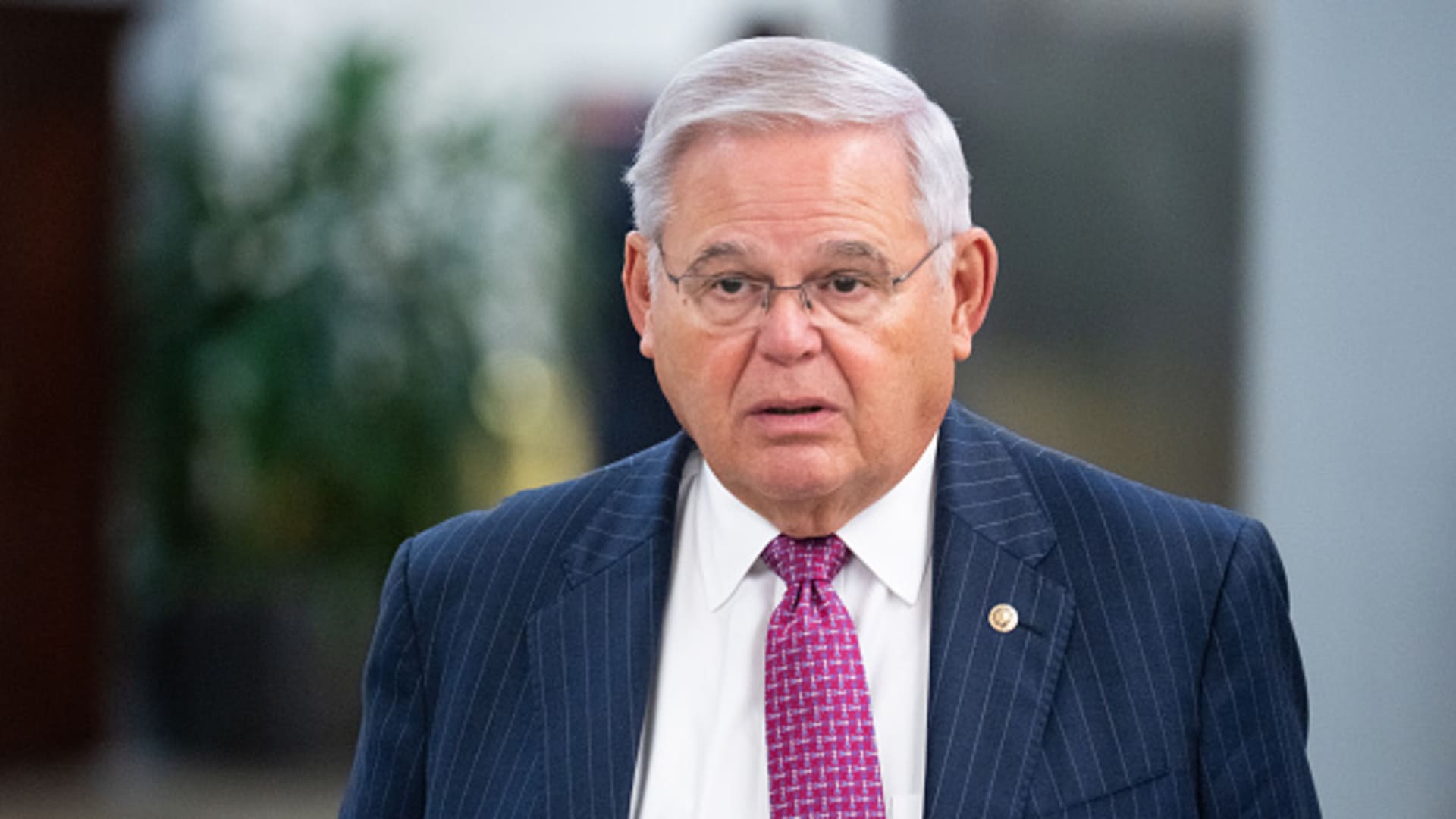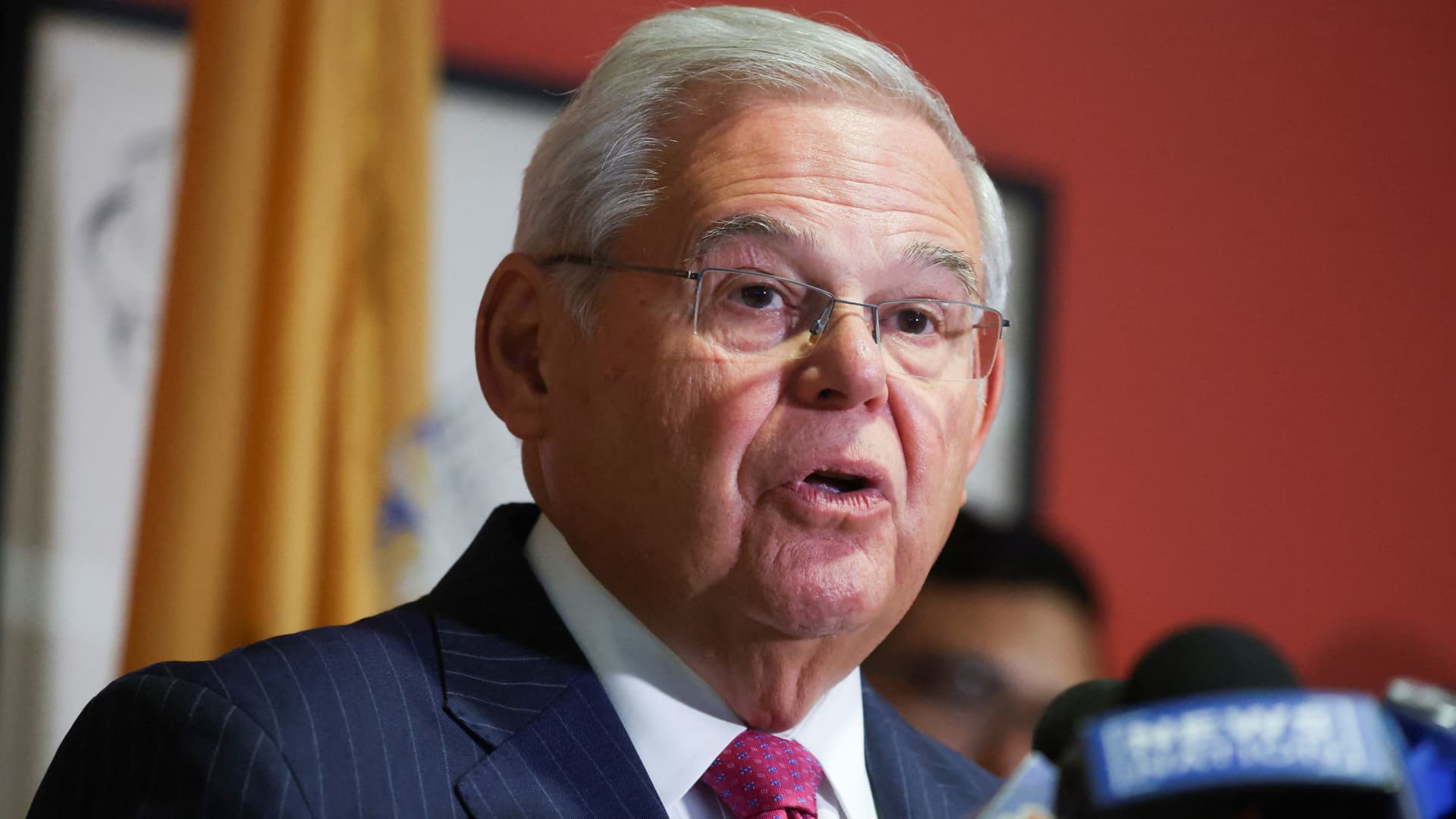The ground beneath our feet, which often feels so solid, can sometimes shake with incredible force, reminding us of Earth’s powerful, unseen movements. This phenomenon, an earthquake, can truly change lives in an instant, and it makes us think about how we respond when things get tough. We see this across the globe, from bustling cities to quiet villages, and it’s a story of both immense challenge and incredible human strength. The keyword `earthquake menendez` might bring to mind specific events or a broader look at how communities deal with such powerful natural events, and that's precisely what we will explore here.
Thinking about recent big quakes, like those in Myanmar or the Pacific, really helps us grasp the sheer scale of these events. They show us how quickly homes can crumble and lives can be turned upside down, yet, very often, they also show us how quickly people come together to help each other out. It's a striking contrast, that immediate destruction alongside the immediate rush to support.
This article will explore what earthquakes are, look at some recent powerful tremors that have left their mark, and importantly, consider the impact on people and how communities rise up afterwards. We will also touch on how we can better prepare for such events, because, as a matter of fact, knowing more helps everyone feel a bit safer and more ready.
Table of Contents
- Understanding Earthquakes: What They Are
- Recent Tremors Around the Globe
- The Human Impact: Struggles and Resilience
- Responding to Urgent Needs
- Frequently Asked Questions About Earthquakes
- Looking Ahead: Preparing for the Future
Understanding Earthquakes: What They Are
An earthquake, in simple terms, is a sudden, violent shaking of the ground. It happens, typically, because of movement between huge pieces of the Earth’s outer shell, called tectonic plates. These plates are always shifting, just a little, along cracks in the Earth’s crust known as fault lines. When these plates get stuck and then suddenly slip, all that built-up energy gets released, causing the ground to tremble.
The strength of an earthquake is measured by its magnitude, and even a small increase in this number means a much, much bigger release of energy. So, a 7.0 magnitude quake is vastly more powerful than a 6.0, for instance. Understanding this helps us appreciate the scale of the challenges faced by those who live in areas prone to such events, and it's a very important part of grasping the overall picture.
Recent Tremors Around the Globe
The world has seen its share of significant earthquakes just recently, each bringing its own set of challenges and lessons. Looking at these events helps us see the common threads of human experience and the varied ways communities cope. It’s a way, perhaps, of connecting with those experiences, even from afar, and learning from them.
Myanmar's Powerful Shakes
Central Myanmar’s Sagaing region experienced two powerful earthquakes on March 28, 2025. The first was a magnitude 7.7, which is a really strong shake, followed by another significant tremor. These events happened near Mandalay, a busy area, and naturally, they caused quite a stir and much concern for the people living there. The impact of these powerful shakes means that, as a matter of fact, support is needed for the affected population.
Following these events, a flash appeal was made, requesting US$8 million for the World Health Organization's response. This shows just how much immediate aid is often needed after such a large-scale natural event. It highlights, too, the global effort that often comes together when disaster strikes, which is pretty amazing.
Port Vila's Devastating Quake
On December 17, 2024, a 7.3 magnitude earthquake hit Port Vila, the capital of Vanuatu. This tremor was quite devastating, claiming 14 lives and destroying crucial infrastructure. More than 2,000 people were displaced, needing to find new places to stay, which is a huge upheaval for anyone. The widespread destruction meant that, in a way, the community faced a massive task of rebuilding and recovery.
The impact on people's lives and the damage to essential services truly underscore the immediate and long-term challenges faced by communities in the aftermath of such a powerful natural event. It’s a stark reminder of how vulnerable our built environments can be when the Earth moves with such force, and it makes you think, really, about what matters most.
Nepal's Western Province Hit
Nepal’s western province of Karnali was struck by a strong 6.4 magnitude earthquake shortly before midnight on November 3, 2023. This quake, which occurred at night, added another layer of difficulty for those caught in its path. By November 24, 2023, the tragic toll reached 154 lives lost, including many women. The timing of this tremor, in the dark, made it particularly frightening for those living there, and it just shows how unpredictable these events can be.
The aftermath saw communities grappling with significant loss and disruption, yet, basically, people came together to support each other. The focus on providing aid and comfort to those affected became paramount, highlighting the immediate human needs that arise from such a sudden and powerful event. It’s a testament, in some respects, to the enduring spirit of people facing immense hardship.
Japan's Historic Tsunami
March 2011 saw a truly massive 9.1 magnitude quake strike off the eastern coast of Japan. This particular earthquake didn't just cause ground shaking; it triggered enormous tsunami waves. These waves inundated Japan’s coast, causing widespread destruction, and their effects even spread across the Pacific, reaching the Americas and Antarctica. It was an event that, quite literally, sent ripples across the globe, and it’s a powerful example of how far-reaching the consequences of one large tremor can be.
The scale of this disaster, with its combination of a powerful earthquake and a devastating tsunami, remains a somber reminder of nature’s raw power. It also sparked significant global discussions about disaster preparedness and early warning systems, as a matter of fact, making it a pivotal moment in how we think about natural hazards.
The Human Impact: Struggles and Resilience
When an earthquake hits, the immediate images we often see are of damaged buildings and broken roads. However, the true story, the very human story, is about communities struggling, yet often remaining unbroken. The hardships faced by individuals, like losing their homes or loved ones, reflect the wider struggles of millions who find themselves displaced by such events. It’s a reality that, to be honest, touches so many lives.
Despite the immense challenges, there’s a consistent theme of people-centered response. This means focusing on the needs of individuals first, understanding that each person’s experience is unique, and tailoring support to help them recover. This approach, which is pretty important, helps foster a sense of hope and solidarity in the face of overwhelming odds. It's truly inspiring to see, you know, how people come together.
Responding to Urgent Needs
When disaster strikes, organizations like the World Health Organization (WHO) play a vital role in coordinating the response. They work very closely with governments and other partners on the ground to support the urgent health needs of the affected population. This includes providing medical supplies, setting up temporary clinics, and ensuring access to clean water and sanitation, which are all pretty essential things.
These coordinated efforts are about more than just immediate relief; they are about helping communities get back on their feet and build stronger, more resilient health systems for the future. It’s a complex task, but it’s absolutely crucial for helping people recover and thrive after such a traumatic event. The ability to respond quickly, in fact, can make all the difference.
Frequently Asked Questions About Earthquakes
People often have many questions when thinking about earthquakes, especially given their unpredictable nature. Here are some common queries that come up, which might help clarify a few things for you, too.
What causes an earthquake to happen?
An earthquake is caused by the sudden release of energy in the Earth's crust, which creates seismic waves. This energy builds up when tectonic plates, large sections of the Earth's outer layer, move past each other along fault lines. When the stress becomes too great, the plates slip, causing the ground to shake. It’s basically like stretching a rubber band until it snaps, you know, that sudden release of tension.
How do scientists measure the strength of an earthquake?
Scientists measure the strength of an earthquake using instruments called seismographs, which record the ground's motion. The strength is then reported using a magnitude scale, like the Richter scale or the moment magnitude scale. These scales quantify the energy released by the earthquake, with higher numbers indicating more powerful events. So, a jump from a 6 to a 7, for instance, means a significantly larger tremor, really.
What should I do if an earthquake strikes?
If an earthquake strikes, the best advice is to "Drop, Cover, and Hold On." Drop to the ground, take cover under a sturdy piece of furniture like a table, and hold on until the shaking stops. If you are outside, move to an open area away from buildings, trees, and power lines. Staying calm and following these simple steps can actually help keep you safe, which is pretty important.
Looking Ahead: Preparing for the Future
Understanding earthquakes and their impacts is a continuous process. Organizations like the Earth Observatory, which shares images and stories about the environment from NASA research, play a big role in this. They help us learn more about Earth systems and climate, providing valuable insights that can inform our preparedness efforts. This kind of ongoing study is, frankly, very important for our collective safety.
For individuals and communities, preparation means having emergency plans, knowing what to do during a tremor, and having supplies ready. It also means supporting efforts that help those affected rebuild their lives. Every bit of knowledge and every act of kindness contributes to a more resilient world. You can learn more about earthquake preparedness on our site, and to understand more about global responses, you might want to link to this page WHO's work on emergencies.
The stories of the Myanmar earthquake, the Port Vila tremor, Nepal’s quake, and Japan’s tsunami, including the broader context of `earthquake menendez`, remind us of the Earth’s dynamic nature and the incredible spirit of people. These events, while devastating, also highlight our shared humanity and the power of coming together. It's a reminder that, at the end of the day, we are all connected in our experiences.



